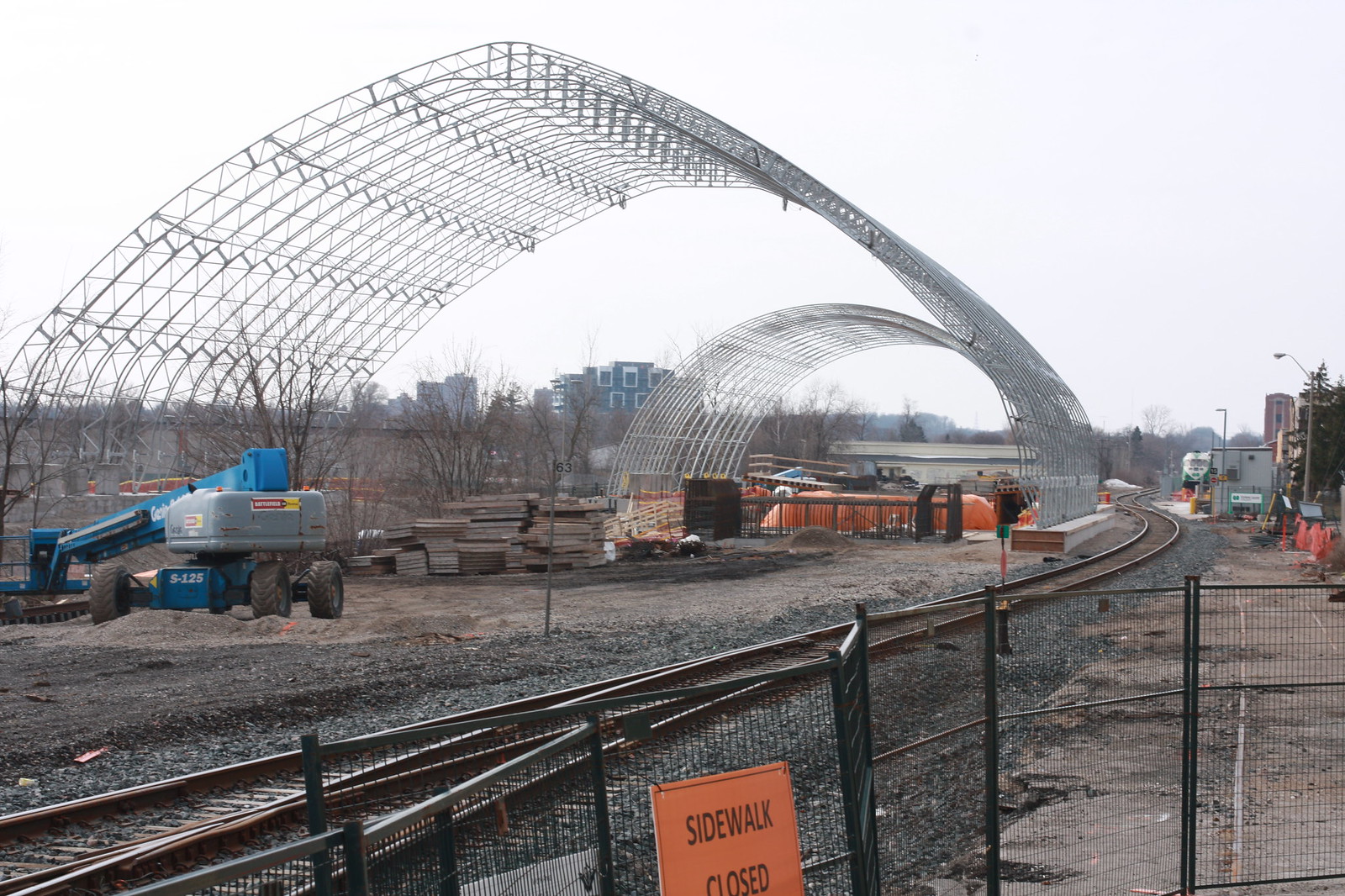Catenary
Active Member
P3/DBFOM. I don't understand what it means really, but I believe the gist is that the Region of Waterloo says to a company "Here is money" and the company goes "Ok, here is train." and said company (consortium) is responsible to make sure it opens on time, operates correctly, etc. Is that kind of right?
Public - Private - Partnership (P3), Design, Build, Finance, Operate, Maintain (DBFOM).
In a traditional contract, the government manages the individual aspects of the project. They design it in house, or contract out parts or all of the engineering and architecture. The construction is then tendered, either all together or in pieces. The cash comes from the taxpayer, who is liable for any cost overruns outside of the narrow scope of the individual contracts. Operations and maintenance are handled in house, or contracted out to a third party (like Bombardier or similar). The TYSSE is an example of the traditional model.
In a P3, the parameters vary, but the bulk of the project is run by the consortium. They are responsible for designing the system to meet the specs set by the government, but because they are also responsible for maintenance and financing, they have a vested interest in designing the system to last for the length of their contract. This model is supposed to bring the best parts of the private sector to public projects. Costs tend to run a bit higher than government run projects, but there is a much lower chance of cost overruns, which are all too common in government work.
There are certainly pros and cons to both models. Consortiums tend to get things done, but they can also value engineer the projects pretty harshly.







 Untitled
Untitled